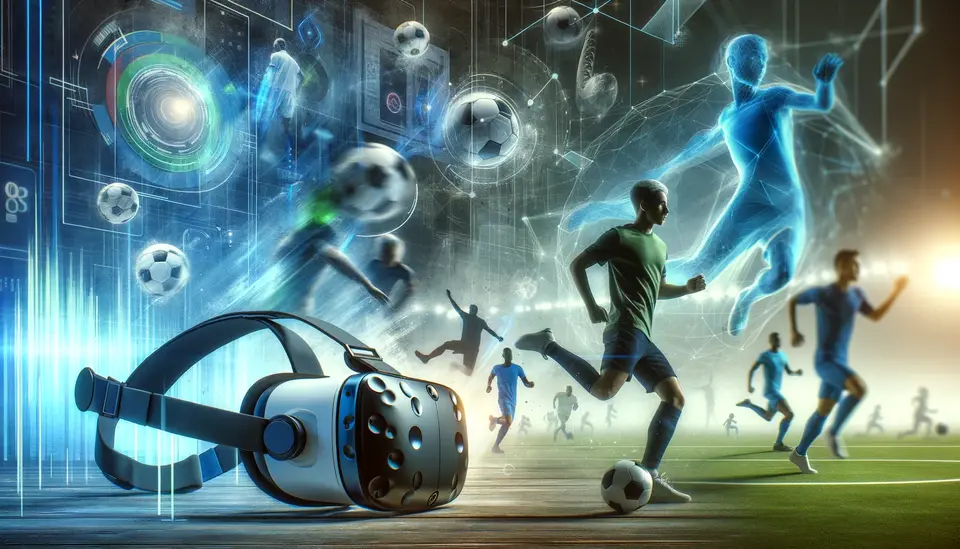How can Virtual Reality (VR) improve online learning?
Posted on April 8, 2023 3 minutes 559 words
Table of contents
Virtual Reality (VR) has come a long way since its inception, transforming from a sci-fi dream into a powerful tool with numerous applications across various industries. One such industry is education, where the integration of VR technology into online learning has the potential to revolutionize the way we teach and learn. As the world becomes more connected, the demand for high-quality, accessible, and engaging online education has never been greater. In this blog post, we will explore the myriad ways in which VR can address these needs and improve online learning experiences.
Immersive Learning Experiences
A key advantage of VR is its ability to create immersive learning environments that simulate real-world scenarios. These virtual spaces can transport learners to different locations, time periods, and even inside complex structures, making abstract concepts more tangible and relatable. The immersive nature of VR increases engagement, motivation, and ultimately, retention of information. For instance, students can embark on a virtual field trip to the Louvre, conduct experiments in a virtual chemistry lab, or explore the inner workings of the human body in a 3D simulation.
Collaborative Learning
VR technology also facilitates collaboration among learners, regardless of their physical location. Virtual classrooms and meeting spaces enable real-time interaction with peers and instructors, promoting active learning and social connections. Platforms like Engage, Rumii, and AltspaceVR are already making strides in this area, allowing students to work together on projects, share ideas, and support each other’s learning journey.
Personalized Learning
One of the key benefits of VR in online learning is the ability to create personalized experiences tailored to individual needs and preferences. Adaptive learning algorithms can track user progress and adjust the virtual environment accordingly, presenting new challenges or resources based on performance. Furthermore, VR caters to different learning styles, such as visual, auditory, and kinesthetic, ensuring a more effective learning experience for each student.
Accessibility and Inclusivity
Incorporating VR in online learning can significantly improve accessibility for learners with different needs and abilities. For example, sign language interpretation can be integrated into virtual lessons, while customizable avatars allow for the representation of diverse backgrounds and identities. By designing VR applications with accessibility in mind, we can create more inclusive learning environments that cater to a wider range of learners.
Skill Development and Assessment
VR also enables the development and assessment of practical skills in a safe and controlled environment. Remote training and assessment in fields like medicine, engineering, and vocational training are now possible thanks to VR simulations. For example, medical students can practice surgical procedures in a virtual operating room, while aspiring mechanics can troubleshoot engine issues in a simulated workshop.
Challenges and Limitations
Despite its potential, VR in online learning does have its challenges. Technological barriers, high costs, and potential motion sickness are some of the hurdles that need to be addressed. However, ongoing advancements in VR technology and best practices for minimizing discomfort are paving the way for more accessible and user-friendly solutions.
Conclusion
In conclusion, VR has the power to revolutionize online learning by offering immersive, collaborative, personalized, accessible, and skill-focused experiences. While challenges remain, the potential benefits far outweigh the drawbacks. By embracing VR technology and investing in its development, educators, institutions, and developers can work together to create engaging and effective learning experiences for the digital age.








